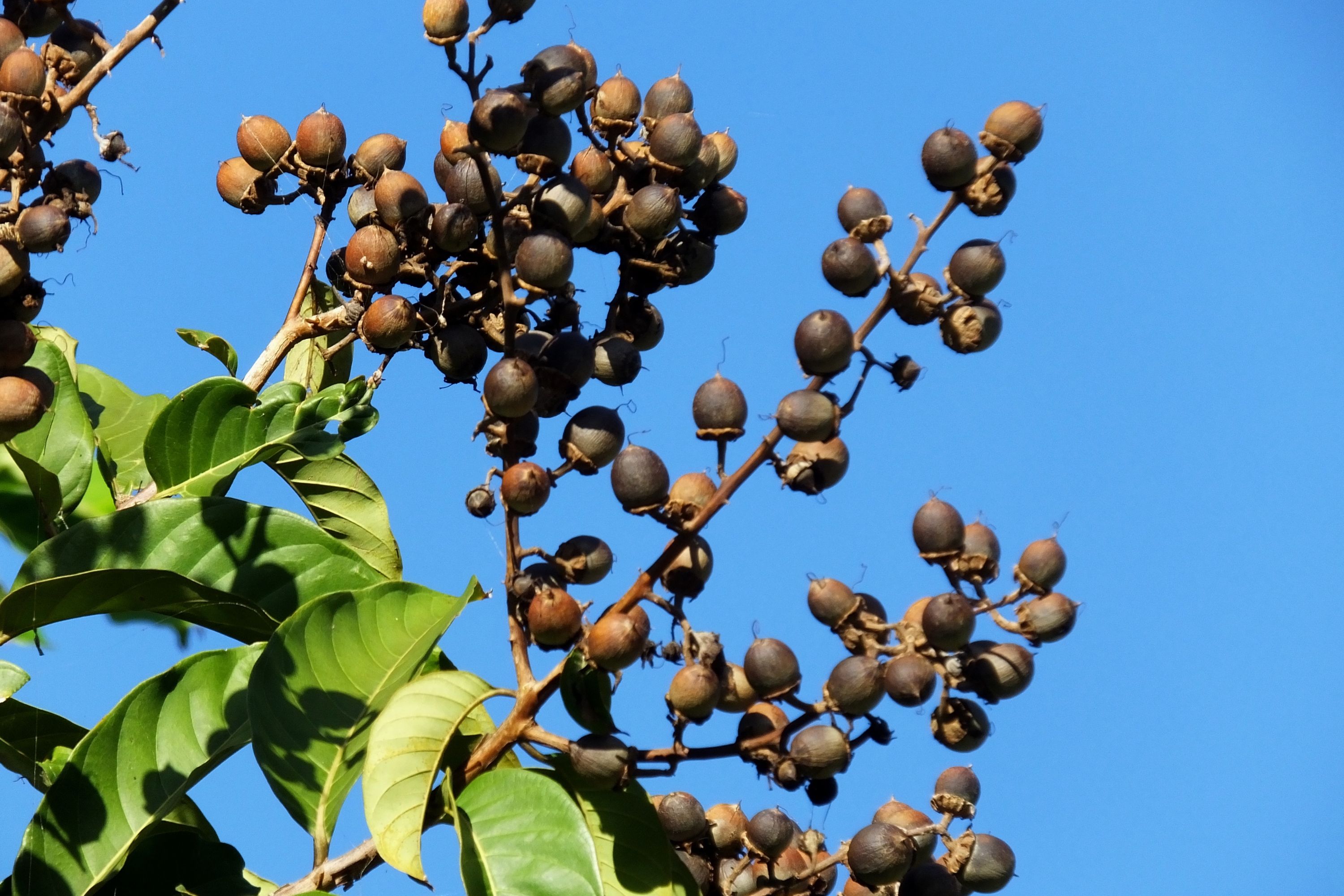Southern live oak
(Quercus virginiana)

Description
Quercus virginiana, also known as the southern live oak, is an evergreen oak tree endemic to the Southeastern United States. Though many other species are loosely called live oak, the southern live oak is particularly iconic of the Old South. Many very large and old specimens of live oak can be found today in the Deep South region of the United States. Although live oaks retain their leaves nearly year-round, they are not true evergreens. Live oaks drop their leaves immediately before new leaves emerge in the spring. Occasionally, senescing leaves may turn yellow or contain brown spots in the winter, leading to the mistaken belief that the tree has oak wilt, whose symptoms typically occur in the summer. A live oak's defoliation may occur sooner in marginal climates or in dry or cold winters. The bark is dark, thick, and furrowed longitudinally. The leaves are stiff and leathery, with the tops shiny dark green and the bottoms pale gray and very tightly tomentose, simple and typically flattish with bony-opaque margins, with a length of 2–15 cm (3⁄4–6 in) and a width of 1–5 cm (3⁄8–2 in), borne alternately. The male flowers are green hanging catkins with lengths of 7.5–10 cm (3–4 in). The acorns are small, 1–2.5 cm (3⁄8–1 in), oblong in shape (ovoid or oblong-ellipsoid), shiny and tan-brown to nearly black, often black at the tips, and borne singly or in clusters. Depending on the growing conditions, live oaks vary from a shrub-size to large and spreading tree-size: typical open-grown trees reach 20 m (66 ft) in height, with a limb spread of nearly 27 m (89 ft). Their lower limbs often sweep down towards the ground before curving up again. They can grow at severe angles, and Native Americans used to bend saplings over so that they would grow at extreme angles, to serve as trail markers. The branches frequently support other plant species such as rounded clumps of ball moss (Tillandsia recurvata), thick drapings of Spanish moss (Tillandsia usneoides), resurrection fern (Pleopeltis polypodioides), and parasitic mistletoe. The southern live oak has a deep taproot that anchors it when young and eventually develops into an extensive and widespread root system. This, along with its low center of gravity and other factors, makes the southern live oak extremely resistant to strong sustained winds, such as those seen in hurricanes.
Taxonomic tree:







